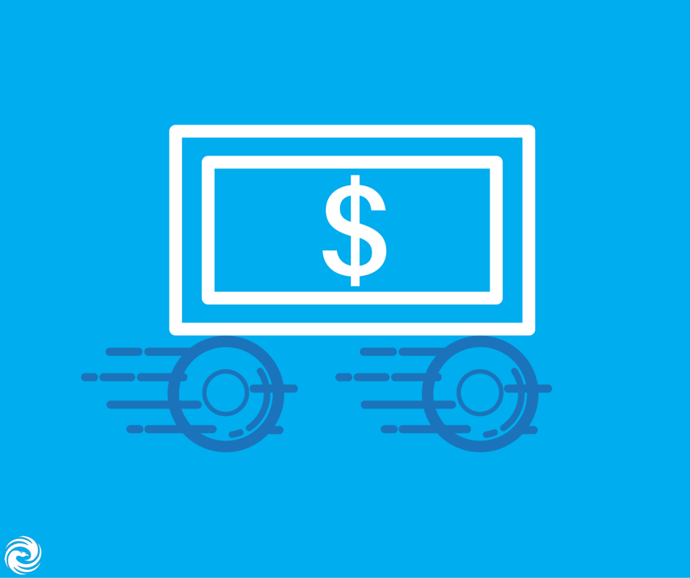Funding Digital Transformation: Agile Businesses Need Agile Budgets

Once you get the okay from the higher-ups, the real work of implementing a digital transformation strategy can begin. Which, first and foremost, means figuring out your budget.
Here things get a little tricky, though. Digital transformation is fundamentally different from more traditional projects in a number of ways, and your budget needs to reflect that. More specifically, digital transformation is:
- unpredictable—or at least less predictable than the average project, and different in implementation for every company.
- an ongoing process—there will never really be a point when a company’s digital transformation is “finished,” because the point of digital transformation is to continually adapt to customer needs and technological capabilities.
So how do you deal with this financially without incurring too much risk? As is always the case with digital transformation, the answer lies in rethinking old processes to suit new needs. Rather than setting a budget for a full cycle of several years, you need to budget for shorter periods—typically only a few weeks at a time.
The key to innovation is experimentation, and experimentation demands flexibility. Shorter budgeting periods will allow you to constantly monitor the state of your digital transformation, pulling capital out of what isn’t working and funneling in more for the successes.
This is particularly important when starting out; budgeting for a short exploratory phase is both a financially sound way to start testing ideas and more likely to get approved by the executives holding the purse strings. But no matter how far along you are towards digital maturity, the key is a responsive budget that can be adjusted as needed.
These agile, short-term budgets will also give your organization the flexibility to respond to changes in the market as a whole, which is exactly what you need to keep up with the most current strategies and developments.
In order to monitor and respond to progress in your digital transformation, however, you must have a way to measure that progress. That, then, is the second key component of budgeting digital transformation: set quantifiable, measurable goals along the way to gauge the success of your strategies. We’re talking short-term, so this doesn’t have to be monetary ROI—it could be something as simple as a percent increase in website traffic.
Figuring out budgets for digital transformation isn’t nearly as complex as it first seems. All you need are some clear metrics for what “success” means to your company, and short, flexible budgets that allow you to use those metrics and react accordingly.
